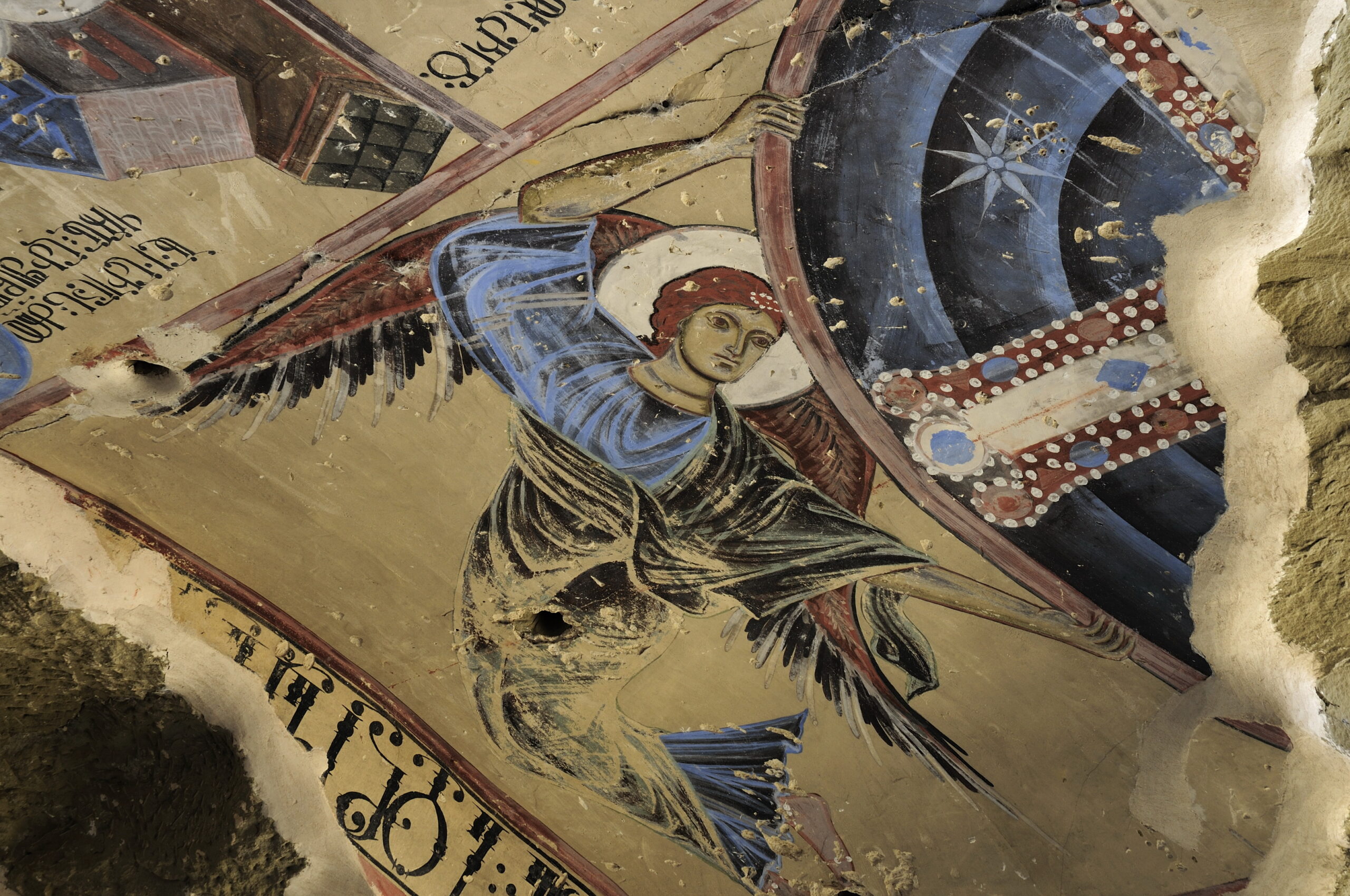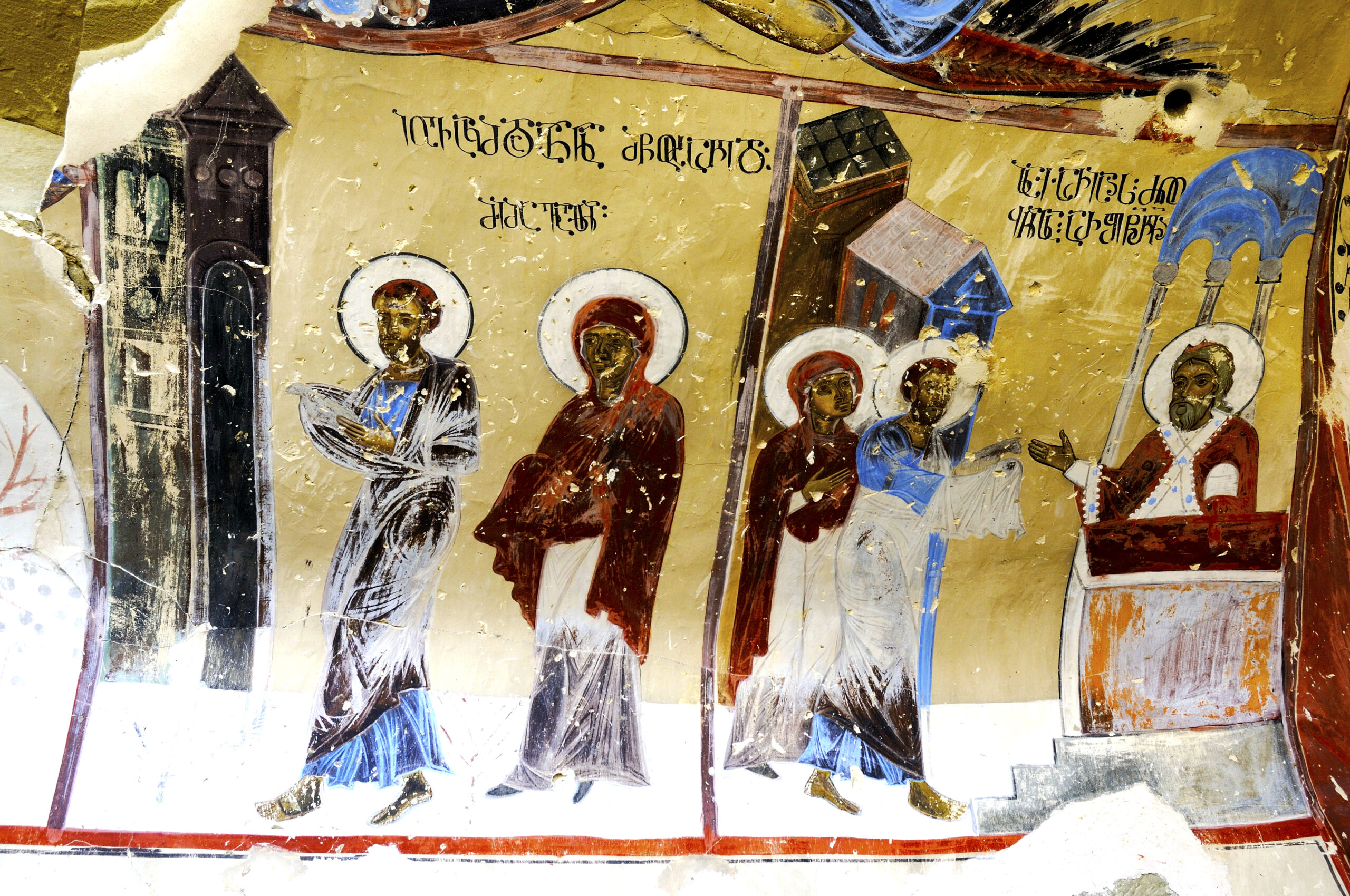CAVE No. 14
Period: Early Middle Ages
Inventory:
Location: Qatardagh Ridge
Keshikchidagh State Historical and Cultural Reserve
Width: 3.80-7.40 m
Length: 9.50-19.55 m
Height: : 4.20-10.00 m
Area: 168 m²
Cave No. 14, located in the Qatardagh ridge and part of the Keshikchidagh State Historical and Cultural Reserve, is one of the architecturally and archaeologically significant artificial caves of the complex. Its large area and complex internal structure distinguish it from other monuments within the reserve. With a total area of 168 square meters, the cave can be assessed as a multifunctional space where residential, religious, and administrative functions were integrated. The cave was entirely carved into the rocky massif by artificial means. Inside, there are numerous interconnected cells, systematically arranged, reflecting a monastic lifestyle model.
The entrances and windows are designed in the Eastern architectural style, indicating the enduring influence of Albanian architectural traditions in the region. Archaeological investigations have revealed that from the 8th century AD, polychrome wall paintings and inscriptions with Christian Orthodox themes were created on lime plaster on the cave’s walls and ceilings. These depictions mainly include religious scenes, sacred figures, and cross motifs, reflecting the stylistic features of Albanian ecclesiastical art. However, in later periods, some of these images were damaged, carved over, or removed, indicating traces of religious and cultural transformations in the region.
Additionally, in the late 19th to early 20th centuries, various new frescoes were added to the cave walls. Compared to the earlier polychrome compositions, these later images were more individualistic and scattered, lacking a coherent artistic narrative. In some cases, they incorporated elements of folk art, preserving aspects of local cultural identity. The architectural design, functional layout, and iconographic themes of Cave No. 14 demonstrate its role as one of the religious centers of the early Christian Albanian community. The cave is a significant research object not only from an engineering standpoint but also for studying the religious and cultural history of the region.



